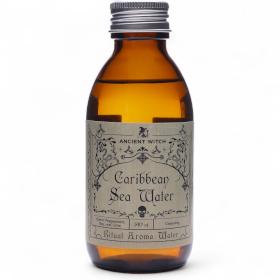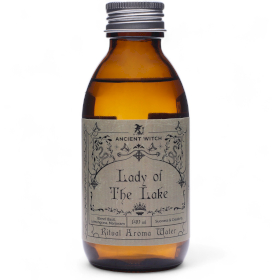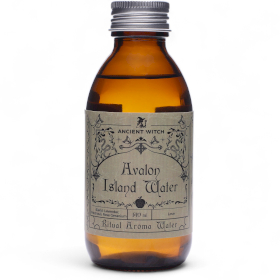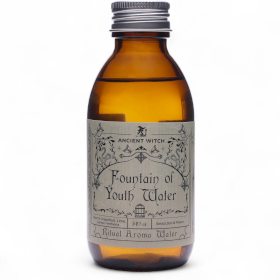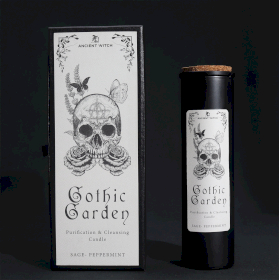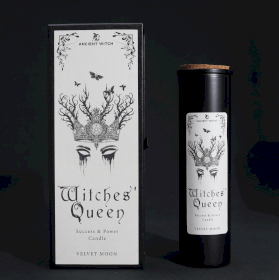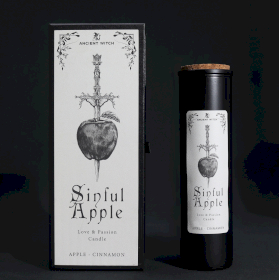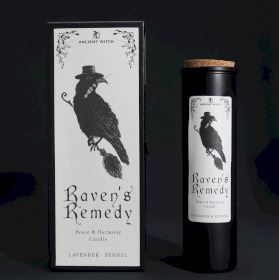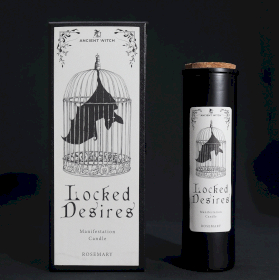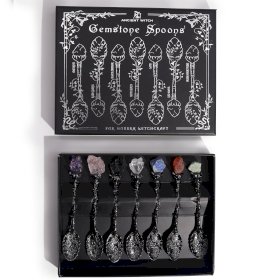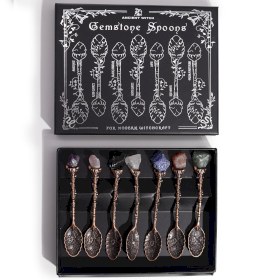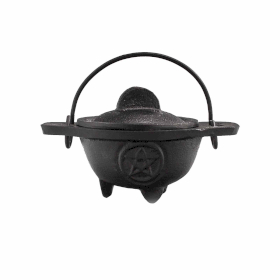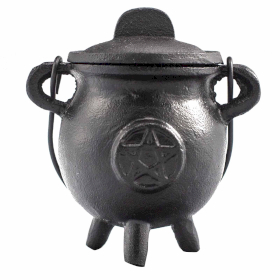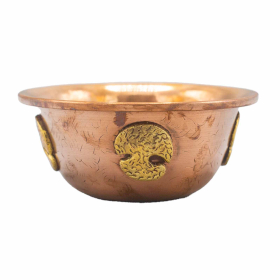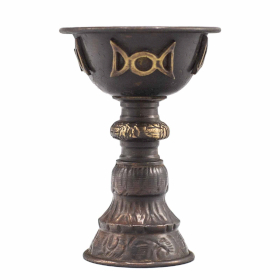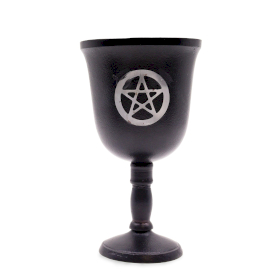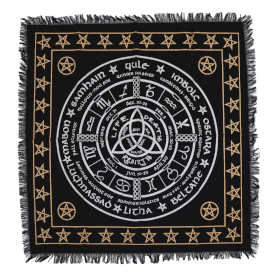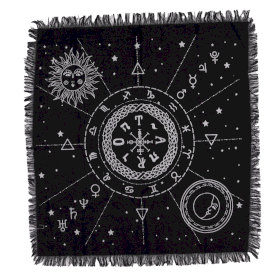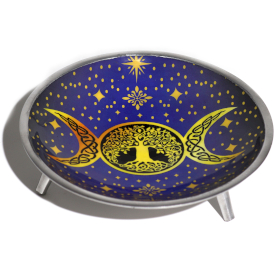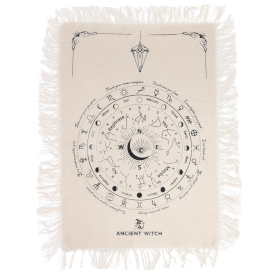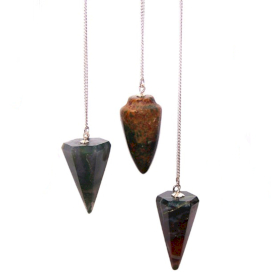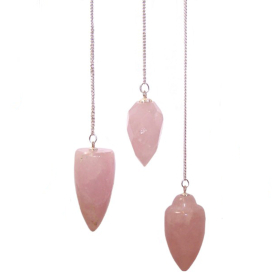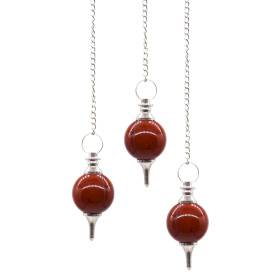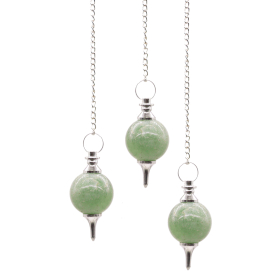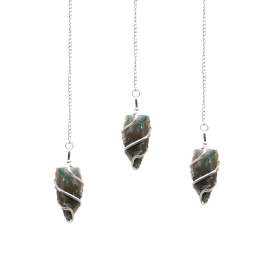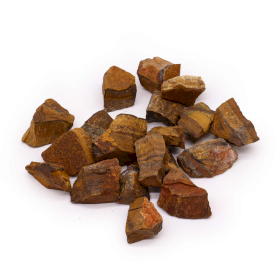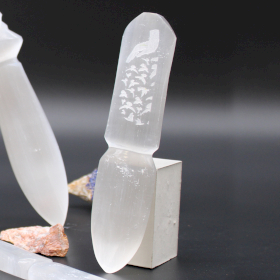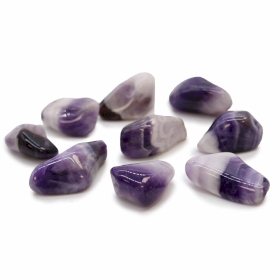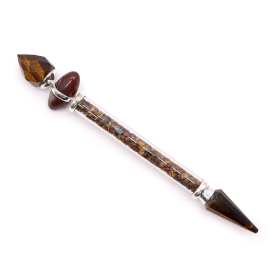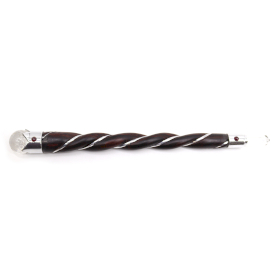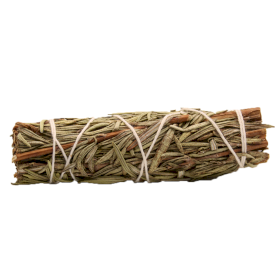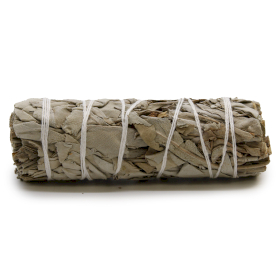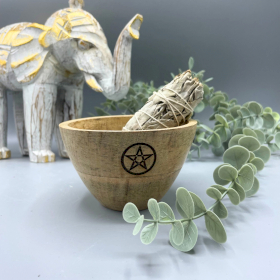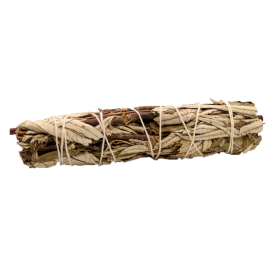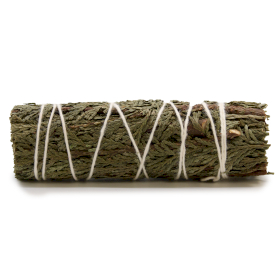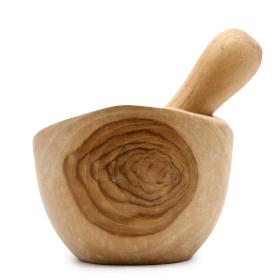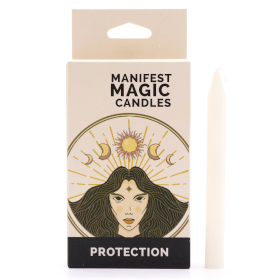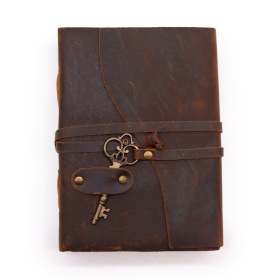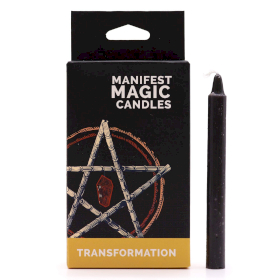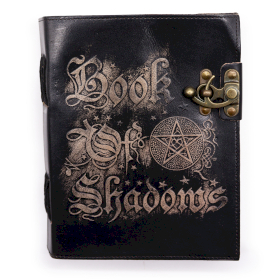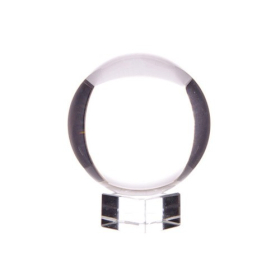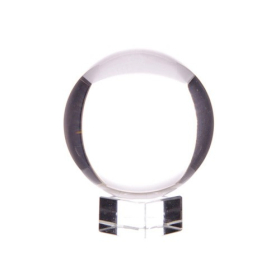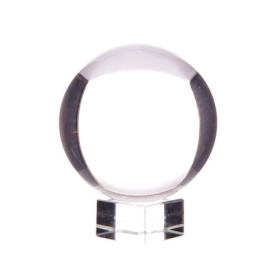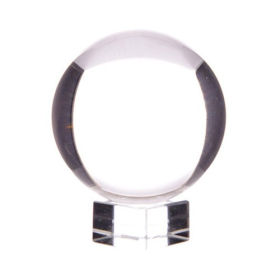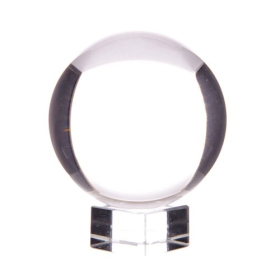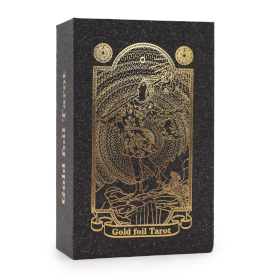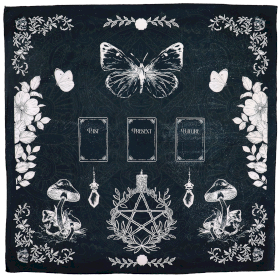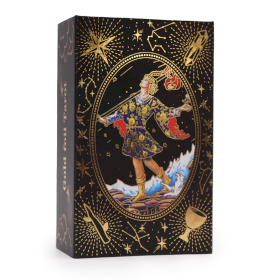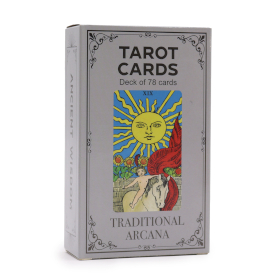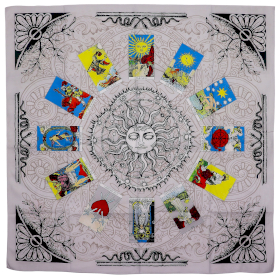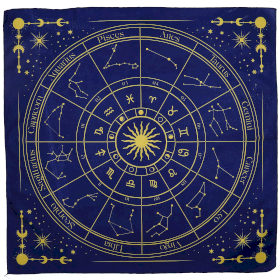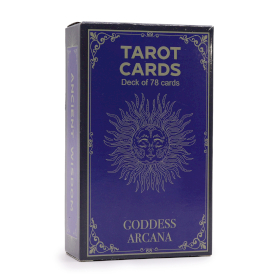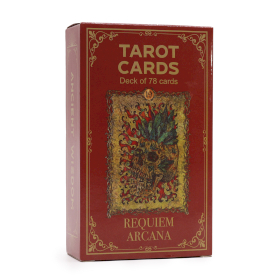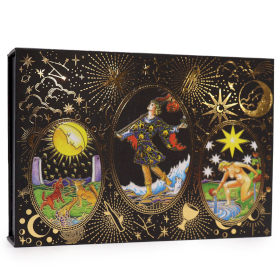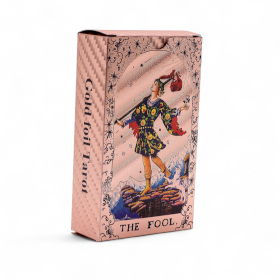Why Witchcraft Is Back in Vogue and How to Profit From the Trend
Witchcraft is no longer a niche interest or fringe subculture—it has re-emerged as a mainstream cultural trend in the UK, influencing fashion, home décor, wellness, and lifestyle products. For retailers, this resurgence represents a unique opportunity to connect with a curious and engaged audience, offering products that combine ritual, symbolism, and aesthetic appeal. Modern consumers are drawn to experiences and items that provide meaning, mindfulness, and a sense of empowerment, and witchcraft-inspired products fit this desire perfectly.
A Brief History of Witchcraft
Witchcraft has a long and fascinating history, deeply intertwined with European culture and society. In the UK, it was historically feared and often misunderstood, with accusations of witchcraft peaking during the 16th and 17th centuries. Those accused were often women, and trials could result in imprisonment, public shaming, or even execution. Folklore and superstition shaped how communities viewed witches, often associating them with evil, curses, or dark magic.
Over time, the perception of witchcraft began to shift. By the 18th and 19th centuries, the rise of scientific thinking and changing social structures reduced widespread fear of witches, but interest in occult practices, herbalism, and esoteric knowledge continued. These practices were increasingly seen as part of spiritual exploration rather than criminal activity.
The 20th century saw a revival of witchcraft in the form of modern Paganism, Wicca, and neo-pagan spiritual traditions. This period emphasized personal empowerment, connection to nature, and ritual practice, moving away from fear-based associations. Rituals, symbols, and tools—such as candles, crystals, and herbs—became central to practice, blending spirituality with creative expression.
The Modern Resurgence
Modern witchcraft has gained popularity for several reasons. Social media platforms such as TikTok and Instagram have created vibrant communities around rituals, crystal work, spell craft, and moon-cycle practices. Hashtags like #witch and #witchtok have millions of views, introducing these practices to younger audiences and normalising their aesthetic and spiritual appeal.
Consumers are increasingly seeking experiences that combine mindfulness, ritual, and self-care. Rituals using candles, crystals, incense, and ritual waters provide structure and symbolism, offering shoppers a sense of empowerment and wellbeing. The aesthetic dimension is equally significant. “Witch-core” style—moody décor, moons, pentagrams, and mystical tools—has crossed over into fashion and lifestyle trends, making it accessible and appealing to a broad audience.
Opportunities for Retailers
For retailers, modern witchcraft offers a tangible opportunity to engage new audiences and drive sales. Success depends on curating authentic products, presenting them with compelling stories, and leveraging seasonal opportunities. Items such as ritual waters, candles, crystals, incense, and decorative pieces resonate strongly with consumers seeking both meaning and quality.
Storytelling enhances purchase intent. Explaining how to use ritual waters, the significance of candles, or the energy of crystals adds value and builds trust. Product presentation also matters: dedicated in-store or online sections, where complementary items are grouped together, encourage exploration and higher basket values. Bundles combining divination cloths with pendulums and candles transform individual items into complete ritual experiences.
Seasonality and Event Opportunities
Seasonality plays a vital role in driving sales throughout the year. Witchcraft-inspired products can align with multiple occasions, not just Halloween:
Halloween & Samhain (October–November): Ideal for themed displays, ritual kits, and limited-edition bundles.
Winter Solstice and Yule (December): Promote ritual candles, crystal sets, witch spoons, altar cloths and decorative items as seasonal gifts.
Spring Equinox & Ostara (March): Focus on renewal and cleansing rituals, highlighting waters, smudge incense, cauldrons and crystals.
Full moon and new moon cycles: Encourage monthly ritual kits, promoting candles, pendulums, divination clothes and journals.
By mapping products to seasonal events, retailers can maintain a steady flow of interest and provide customers with meaningful reasons to engage and purchase.
Engaging Customers Digitally and Building Community
In today’s retail environment, a strong digital presence can transform curiosity into sales. Witchcraft-inspired products, with their visually striking designs and ritual-driven appeal, perform exceptionally well on social media platforms like Instagram, TikTok, and Pinterest. Retailers can engage customers by creating visually compelling content that showcases products in action—lighting candles, preparing ritual waters, arranging crystals, or performing simple rituals.
Tutorials and guides—such as “How to Use Ritual Waters” or “Beginner’s Crystal Grid Setup”—can turn ordinary posts into educational experiences, giving followers practical value while encouraging purchases. Seasonal campaigns aligned with events like Halloween, full moons, or the Spring Equinox provide ready-made hooks for engaging content. Collaborating with influencers or micro-influencers in the witchcraft and wellness space can expand reach, while featuring customer-generated content builds authenticity and a sense of community.
Digital engagement isn’t just about posting; it’s about creating a story around products. Highlighting the purpose, symbolism, or ritual associated with items like pendulums, cauldrons, journals, or altar cloths helps shoppers connect emotionally, which can drive repeat visits and loyalty. Retailers who tell these stories consistently position themselves as trusted sources for meaningful, ritual-oriented products.
Conclusion
Modern witchcraft blends history, ritual, wellness, and aesthetics, making it a compelling trend for UK retailers. By curating authentic products, telling meaningful stories, creating destination displays, and leveraging seasonal opportunities, retailers can transform this cultural phenomenon into real, measurable sales growth. With occasions throughout the year—from Halloween to full moon rituals—there are multiple opportunities to engage shoppers and introduce them to the magic of ritual waters, candles, crystals, and more.
